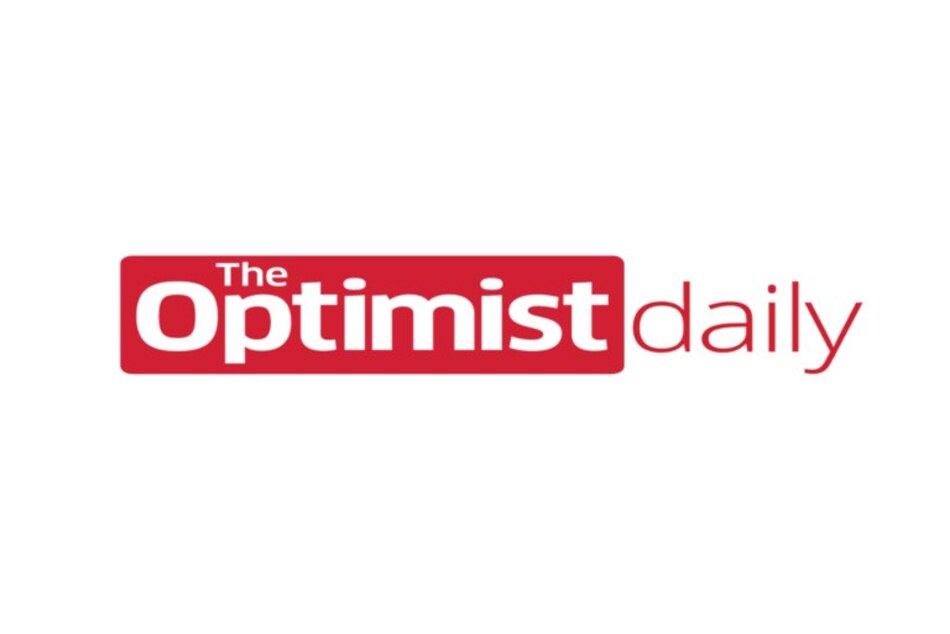If California were a sovereign nation, it would be the fifth-largest economy in the world, slotted in between Germany and India. So the decisions the state makes as it begins to consider how and when to reopen businesses and reboot the economy in the wake of the coronavirus crisis have major implications—and major lessons for both other states and other countries.
To figure out how to do it, Gavin Newsom announced April 17 that he would set up an encompassing task force of 98 members, comprising authorities from business, labor, government, philanthropy, and academia, to streamline economic recuperation in a way that takes into account the needs of different groups. It’s a way for Newsom to take stock before making decisions, in the short and long term.
The task force is co-chaired by Newsom’s chief of staff, Ann O’Leary, and billionaire and former presidential candidate Tom Steyer, who will “ensure the recovery plan is equitable, green, and lifts up under-resourced communities hit hardest by this pandemic,” says his spokesman, Benjamin Gerdes. The members include chief executives from Californian companies as Chipotle, Patagonia, LinkedIn, Gap, and Netflix; small business owners; labor leaders from industries including agriculture, hospitality, education, and construction; community leaders; and members of the California state legislature. It’s receiving advice from four former governors, both Democrats, and Republicans.
Also involved is Art Pulaski, the chief officer of the California Labor Federation, an organization made up of 1,200 affiliated unions that work together to promote the interests of working people. The task force is split into three separate parts, to address the short term (next 60 days), medium-term (before the end of the year) and long term (2021 and beyond). That means a lot of members are looking at this as a fresh start—to rethink the economy and reboot it to include those often forgotten.
Ninety-eight members is a large number—one that some have called “unwieldy,” expressing concerns about its manageability and reality of making a change with so many stakeholders. But the governor’s office plans to not only have meetings with the whole group but divide it into subcommittees, which will meet on a regular basis to dive into more substantive material.
Ideas are already coming out of this task force. One member, Manuel Pastor, the director of the USC Program for Environmental and Regional Equity, believes it’s extremely important for the task force to ensure the most vulnerable are kept secure: the recently incarcerated who’ve re-entered the labor market and must compete with other unemployed people, or children of color, who may experience setbacks in their studies due to lower rates of access to high-speed Internet.
He has some solutions in mind, that would bring in the various elements of the task force: For remote learners, the state could implement lifeline programs that make broadband more accessible for low-income families. He may push for reentry programs for the formerly incarcerated, and governmental assistance as they reenter the job market.
We’ll have to wait and see how effective the task force will be, but for Californians, it’s encouraging to see the state being proactive in its quest to build a more inclusive economy.











